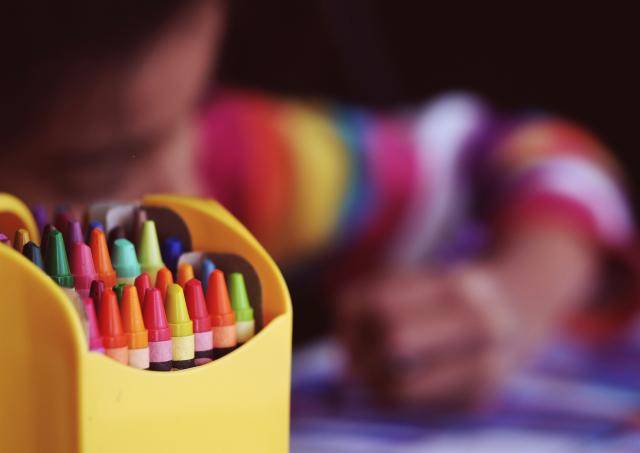Sunday 3 to 10 July is NAIDOC Week, a time to celebrate and recognise the history, culture and achievements of Aboriginal and Torres Strait Islander peoples.
The Cranbourne Star News acknowledges the Traditional Owners and Custodians of the land on which we conduct our business, the Bunurong and the Wurundjeri peoples of the Kulin Nation.
We pay our respects to their Elders past, present and emerging.
As part of the Casey Winter Arts Festival from 24 June to 17 July, Bunjil Place has been enveloped in the “world’s first edible fog” as part of the immersive art installation Casey Cornucopia.
The fruit flavoured fog, produced by world famous sensory design leaders Bompas & Parr, heroes three different flavours to champion the rich heritage of Casey’s foodways and Indigenous produce.
And none more so than the Indigenous chocolate lily.
Emitting a floral, chocolate aroma, the chocolate lily has been a part of Casey’s foodways for thousands of years, as celebrated Bunurong artist Adam Magennis explains.
“For the Bunurong community down here, we accessed all of our food groups out on country and we would farm them,” Mr Magennis said.
“We’d have raised garden or vegetable beds that were in the shape of a mound and one of those mounds would contain, not only your chocolate lily, but also other tuber stock.”
“So from a food resource perspective they were a really important part of our diet, in context with meats and fruits as well.”
The chocolate lily, along with other Indigenous plants such as orchids and the yam daisy or murnong, contain tubers underneath their flowers, which were eaten cooked or raw, as a source of carbohydrate similar to a carrot or potato.
Mr Magennis, who has collaborated with the City of Casey several times over the past 20 years, is sharing the history and significance of the chocolate lily as part of Casey Cornucopia.
“Along our Songlines and Dreaming tracks you would also find all of our lilies and wildflowers, and you’d have these patches of chocolate lilies radiating that dark chocolate smell in the early morning,” he said.
“The chocolate lily would demarcate differences through country, through the smells and aromas so it was a really good indication of an area you were getting close to when you’d start to smell these food mounds that were full of wildflowers.”
While Mr Magennis said colonisation impacted the organic presence of the chocolate lily on country, he said they could still be found in national parks and reserves.
“You won’t find the chocolate lily in clumps anymore, they are found scattered now, because of colonisation and early farming we’ve impacted our top soil so you don’t get these mounds anymore,” he said.
He said the chocolate lily was a key part of symbiotic relationships along indigenous walking tracks – called barreeng.
“[Indigenous peoples] always follow emu tracks, or barraeemal barreeng, on country, and the emu tracks tend to follow our Songlines and Dreaming tracks,” he said.
“Along these Dream tracks the barraeemal (emu) walk, are our wildflower mounds, full of our foods and one of those foods was the chocolate lily.“
The chocolate lily was traditionally grown and harvested at the end of the spring season – bareep, and is a key part of symbiotic relationships on country.
“We’d allow the bareep season to finish, the germination and pollination season and that’s when all of the hoverflies and blue banded bees would germinate the chocolate lily,” Mr Magennis said.
“Following the bareep season, we would harvest the tubers and cook them to make up part of our meals.”
The chocolate lily also has a symbiotic relationship with native grasses such as the weeping grass and wallaby grass, Mr Magennis said.
The chocolate lily, along with apple and celery aromas, have been chosen as the three ‘edible fog’ flavours which will be emitted from the base of life-size sculptures of the fruits outside Bunjil Place until 17 July.
Mr Magennis is the director of First Peoples art business Kaptify.
His work can be found at kaptify.com.au or on instagram @kaptify_art







